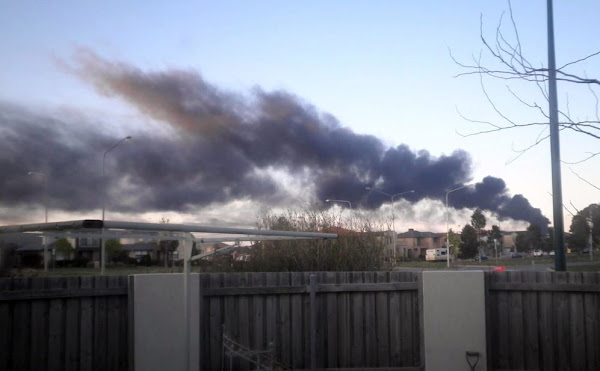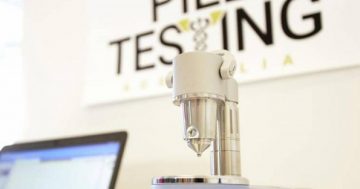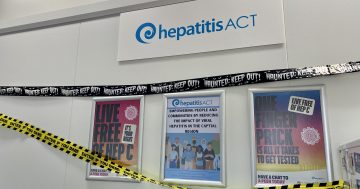
The Canberra Times is letting the other show drop on the “testing” by the ACT Environment Protection Authority which has so far found nothing at all from a huge open air burnoff of PCBs in the middle of Canberra.
The director of Queensland pollution testing facility Airlabs, chemical engineer Chris Clunies-Ross, said there were standard air quality tests for dioxins, but a six-hour air sample was needed for a conclusive result. These tests, used by Australian and United States laboratories were ”complex and expensive”, with costs ranging from $1200 to $6000 for each sample analysed.
”Dioxins are toxic at very low levels, and the kind of equipment used by fire brigades won’t be able to pick them up at the levels you need to test for. You need to use a technique called a PUF [polyurethane foam] test, that concentrates samples on to foam or resin,” Dr Clunies-Ross said.
Spokespeople for the ACT Government are quoted saying they didn’t know dioxins could be field tested for, and they didn’t feel the need for it anyway.
Some might wonder if it would have been nice to lead the field on this before allowing a huge dioxin processing facility to set up in between Gungahlin and the rest of the city. (To say nothing of in the neighbourhood of a youth detention facility).
[Photo by Grace]














